Aghi per agopuntura
Acupuncture, an ancient practice rooted in Traditional Chinese Medicine (TCM), has been utilized for thousands of years to promote healing and well-being. Originating over 2,500 years ago, acupuncture involves inserting thin, sterile needles into the skin at specific points believed to be pathways of the body’s energy flow, known as meridians. The aim is to restore balance and harmony within the body, which is thought to help alleviate various health issues.
As acupuncture evolved, it gained recognition beyond China, spreading to other parts of Asia and eventually to the West. Today, it is widely accepted as a complementary therapy alongside conventional medical treatments. The primary tool in this therapeutic process is the acupuncture needle, which serves as the medium through which practitioners stimulate the meridians. These needles are typically made from stainless steel and are designed to minimize discomfort upon insertion.
Acupuncture needles vary in length and diameter, depending on the treatment area and the practitioner’s technique. The process of inserting these needles is generally painless, although patients may feel a minor sensation as the needle penetrates the skin. Once in place, the needles can be manipulated manually or stimulated using electrical pulses.
The overarching purpose of acupuncture is to encourage the body’s natural healing processes. Through the strategic placement of needles, it addresses a myriad of conditions ranging from chronic pain and migraines to anxiety and digestive issues. Research suggests that acupuncture can help enhance the body’s neurochemical balance by promoting the release of natural painkillers, such as endorphins and serotonin.
Overall, acupuncture needles play a pivotal role in this time-honored practice, offering a non-invasive solution for those seeking an alternative or complementary approach to managing their health. The integration of acupuncture into modern-day therapeutic regimens underscores its enduring value and adaptability.
Types and Specifications of Acupuncture Needles
Acupuncture needles come in a variety of types and specifications, designed to cater to specific therapeutic needs and patient conditions. These variations include differences in sizes, shapes, materials, and thicknesses, each carefully chosen to optimize the treatment’s efficacy and patient comfort.
Primarily, acupuncture needles are made from stainless steel, which provides durability and resistance to corrosion. Some needles may also feature a silicone coating to facilitate smoother insertion and reduce discomfort. The shaft of these needles varies in thickness, commonly measured in gauges, ranging from 0.16 mm to 0.46 mm. Thinner needles are often used for delicate areas or patients with sensitivity concerns, while thicker ones can be applied for more robust treatments.
The length of acupuncture needles can vary from a few millimeters to several inches. Shorter needles, typically less than 15 mm, are suitable for facial acupuncture or shallow insertion points. Conversely, longer needles, extending up to 75 mm or more, are reserved for deeper tissue manipulation. Additionally, the shape of the needle tip can influence the procedure. Rounded-tip needles might be used for superficial treatments, whereas sharper tips are better suited for deeper acupoints.
Needles are also classified based on their handling features, such as the type of handle material and the presence of guide tubes. Handles can be made from plastic, copper, or stainless steel, each offering different tactile feedback and control. The inclusion of guide tubes ensures precise needle placement and reduces the risk of skin infections.
The importance of using sterilized and high-quality acupuncture needles cannot be overstated. Sterilization prevents infections and other complications, ensuring patient safety. Many countries have regulatory bodies that oversee the classification and labeling of acupuncture needles to uphold these standards. For instance, in the United States, acupuncture needles must meet the specifications set by the FDA, which include strict guidelines for manufacturing and sterilization processes.
In conclusion, understanding the types and specifications of acupuncture needles is vital for practitioners to administer treatments effectively and safely. The proper selection based on size, material, shape, and sterilization standards directly influences the therapeutic outcomes and patient experiences.
The Process of Acupuncture: What to Expect
When embarking on your first acupuncture session, it’s natural to have a variety of questions about what to expect. Acupuncture, an ancient practice with origins in traditional Chinese medicine, is designed to balance the body’s energy flow, known as Qi. A typical session begins with an initial consultation wherein the practitioner gathers an in-depth understanding of your medical history, symptoms, and overall health goals. This consultation helps tailor the acupuncture treatment to address specific health issues, and it may include questions about your sleep patterns, stress levels, digestion, and other bodily functions.
Before the acupuncture treatment begins, the patient will typically be asked to lie down on a comfortable table, either on their back or stomach, depending on the areas to be treated. The practitioner will then sanitize the areas where the needles will be inserted. Acupuncture needles are very fine, hair-thin and typically made of stainless steel. Their placement is guided by the practitioner’s expertise in recognizing the body’s meridian points—specific pathways through which the Qi flows.
Needle insertion is generally a painless procedure, though some patients may feel a slight tingling, pressure, or a sensation of warmth as the needles are placed. These sensations are usually brief and signify the activation of Qi. The number of needles inserted can vary, ranging from just a few to several dozen, depending on the individual’s specific condition. Each needle is typically left in place for about 15 to 30 minutes while the patient relaxes in a serene environment.
Throughout the session, the practitioner may gently adjust the needles or incorporate additional techniques such as moxibustion (burning of herbs) or electrical stimulation to enhance the therapeutic effects. It’s common for patients to feel deeply relaxed, and some even fall asleep during the treatment. Upon completion, the needles are carefully removed, and patients usually feel a sense of rejuvenation and relief, although benefits can continue to manifest in the hours or days following the session.
In summary, an acupuncture session involves a detailed preparatory consultation, careful needle insertion guided by trained practitioners, and an overall experience conducive to healing and relaxation. Understanding this process helps demystify acupuncture and highlights its potential benefits for a variety of health concerns.
Safety, Risks, and Aftercare
When it comes to acupuncture, safety is paramount. Ensuring patient wellbeing requires meticulous attention to detail and adherence to established safety measures. Certified and experienced practitioners are essential to minimizing risks and providing effective treatments. These professionals follow stringent protocols, such as using sterile, single-use acupuncture needles and maintaining a clean treatment environment. Such practices are crucial to avoiding infections and other complications.
Potential side effects from acupuncture are generally mild and short-lived. Patients may experience soreness, slight bruising, or minor bleeding at the needle insertion sites. These effects are typically manageable and can be alleviated with simple home remedies like applying a cold compress. It’s important for patients to communicate any discomfort to their practitioner, both during and after the session. This dialogue helps ensure the treatment remains safe and effective.
Proper aftercare following an acupuncture session also plays a vital role in patient recovery and overall experience. Patients are usually advised to rest and keep hydrated after their treatment. Engaging in strenuous activities or consuming alcohol may not be recommended immediately post-session, as the body needs time to adjust and benefit from the acupuncture. Additionally, practitioners may suggest specific practices such as gentle exercise, stretching, or dietary changes to support the treatment’s effectiveness.
The expertise of the practitioner is a critical factor in mitigating risks associated with acupuncture. Seeking treatments from certified practitioners with proper training and experience significantly lowers the likelihood of adverse events. They are well-equipped to tailor treatments to individual needs, closely monitor the patient’s response, and provide personalized aftercare recommendations. Such expertise is indispensable for ensuring that patients reap the full therapeutic benefits of acupuncture safely and effectively.
Sterile Acupuncture Needles
Sterile acupuncture needles are essential tools in modern acupuncture practice, distinct from non-sterile needles by their manufacturing standards, materials, and ensured cleanliness. The primary goal of sterile needles is to prevent infections and other complications during acupuncture treatments. These needles undergo rigorous manufacturing processes to comply with stringent health regulations, such as those set by the U.S. Food and Drug Administration (FDA). This involves manufacturing in cleanroom environments where they’re individually packaged and sterilized, typically using ethylene oxide gas or gamma radiation.
The materials used for sterile acupuncture needles are predominantly stainless steel, chosen for its strength, flexibility, and corrosion resistance. The needle construction includes a handle, shaft, and tip, all engineered to minimize patient discomfort. Handles may be coated with various materials like silicone for enhanced grip and ease of manipulation by practitioners. This meticulous engineering underscores the emphasis on safety and efficacy inherent in sterile acupuncture needles.
The evolution of acupuncture needles marks a significant progression from their historical roots. Originally, needles were reusable and sterilized between sessions, which posed risks of cross-contamination and infection. As understanding of hygiene and sterilization advanced, the shift towards single-use sterile needles became prevalent, significantly increasing patient safety. This development has made sterile acupuncture needles the standard in contemporary practice, ensuring that each needle is used only once before disposal.
Sterile acupuncture needles come in an array of sizes and types to cater to diverse acupuncture techniques and individual patient needs. Variations in needle length and gauge allow practitioners to select the most appropriate needle based on the treatment area and depth of insertion required. Different needle types, such as filiform needles, intradermal needles, and press needles, offer specialized solutions for various therapeutic applications, from pain management to stress relief. This versatility highlights the critical role sterile acupuncture needles play in delivering tailored, effective acupuncture therapy.
Health and Safety Benefits of Sterile Needles
Using sterile acupuncture needles is paramount in ensuring the health and safety of patients. One of the primary benefits is the substantial reduction in the risk of infections. Sterile needles are free from any contaminants, thus preventing the introduction of harmful bacteria or viruses into the body. This safeguard is particularly critical in acupuncture, where needles penetrate the skin and create direct pathways into the body.
Further, the use of sterile needles helps in preventing the transmission of diseases such as hepatitis B, hepatitis C, and HIV. These bloodborne pathogens can be transmitted from one patient to another if non-sterile needles are reused. By adhering to sterilization protocols, acupuncture practitioners can ensure that every treatment is safe and clean, fostering trust and confidence among patients.
The minimization of complications also underscores the importance of sterile needles. Non-sterile needles can cause adverse reactions, including localized infections, abscesses, and systemic infections like sepsis. These complications, albeit rare, can have severe health implications. Therefore, practitioners who use sterile acupuncture needles decrease the likelihood of such risks, contributing to overall patient safety and positive clinical outcomes.
Numerous case studies and statistical analyses support the critical need for sterile needles in acupuncture practice. For instance, a study published in the Journal of Acupuncture and Meridian Studies illustrated that clinics adhering to strict sterilization protocols had significantly lower rates of infection and complications. Additionally, guidelines from the World Health Organization (WHO) and the Centers for Disease Control and Prevention (CDC) emphasize the necessity of single-use, sterile needles to maintain safety standards in acupuncture therapy.
National and international health organizations have established these guidelines to safeguard public health. Compliance with these standards not only aligns with best practices but also ensures that acupuncture remains a viable and trusted form of alternative medicine. The integration of sterile needles in practice is thus a non-negotiable aspect of professional acupuncture, underscoring a commitment to patient well-being.
Impact on Patient Confidence and Treatment Efficacy
Utilizing sterile acupuncture needles is paramount in building and maintaining patient confidence and trust in acupuncture therapy. The perception of hygiene and safety is critical for patients when considering any form of treatment. The use of sterile needles eliminates the risk of infections and cross-contamination, which significantly reassures patients about their overall well-being during the therapy sessions. This heightened sense of security encourages more individuals to pursue and adhere to acupuncture treatments, knowing that the environment is both safe and professional.
Patients’ perspectives on hygiene and safety play a crucial role in their willingness to engage with and continue therapy. Regularly ensuring the usage of sterile needles signals to patients that their health and safety are of utmost priority. This practice not only fosters trust but also establishes a reliable therapeutic relationship between the acupuncturist and the patient. A positive first experience, reinforced by strict hygiene standards, can transform skeptical individuals into regular clients, thus enhancing the long-term viability of acupuncture practices.
Furthermore, the use of sterile acupuncture needles directly impacts treatment efficacy. A clean, uncontaminated therapeutic environment is vital for optimizing patient outcomes. Patients are likely to respond better to treatments when they feel secure and cared for, and sterile needles contribute significantly to this sentiment. Reducing the risk of adverse effects facilitates a smoother healing process, enabling patients to reap the full benefits of acupuncture therapy. Hence, the integration of sterile needles not only maintains safety standards but also supports the overall effectiveness of the treatment.
In essence, the commitment to using sterile acupuncture needles underpins the success of acupuncture therapy. It propels patient trust, encourages adherence to treatment plans, and fosters an environment conducive to optimal healing and recovery, ultimately culminating in better patient outcomes and enhanced practice credibility.
Best Practices for Acupuncturists: Ensuring Sterility
Maintaining sterility in acupuncture is fundamental to patient safety and the efficacy of treatments. Acupuncturists can adopt several best practices to ensure needles remain sterile throughout their usage. One crucial aspect is needle storage. Acupuncture needles must be stored in a clean, dry, and secure environment. The storage area should be free from contaminants and accessible only to trained personnel. Using sealed, single-use needle packages is the gold standard, as it minimizes the risk of contamination before use.
Proper handling of needles is equally essential. Acupuncturists should always wash their hands thoroughly before and after treating each patient. The use of surgical gloves can add an additional layer of protection. When handling the needles, it is crucial to touch only the handle and avoid any contact with the shaft. If accidental contact occurs, the needle should be discarded immediately to prevent cross-contamination. Moreover, using a sterile needle guide tube can help maintain sterility during insertion.
The disposal of used needles must follow strict protocols to ensure safety and compliance with health regulations. All used needles should be immediately placed in a sharps disposal container that is puncture-resistant and labeled appropriately. These containers should be disposed of according to local biohazard waste management guidelines to prevent any risk of infection or injury.
Training and continuing education for acupuncturists are vital to staying updated on the latest safety standards. Regular workshops and courses on sterility, infection control, and proper needle handling techniques can significantly reduce the risk of complications. Clinics can further support these efforts by organizing in-house training sessions and ensuring that all staff members are well-versed in hygiene protocols.
Maintaining a sterile environment within the clinic is another critical component. Regular cleaning and disinfection of treatment rooms, surfaces, and equipment are necessary. The clinic should have a strict hygiene policy that includes routine inspections and audits to ensure compliance. Additionally, the use of disposable items such as bed covers and pillowcases can limit the spread of contaminants.
Patients seeking treatment should look for reputable acupuncture practices that emphasize sterility. Indicators of a trustworthy clinic include certification and licensing, adherence to safety protocols, and the use of single-use sterile needles. By observing these practices, acupuncturists can provide safe, effective treatments that enhance patient trust and wellbeing.



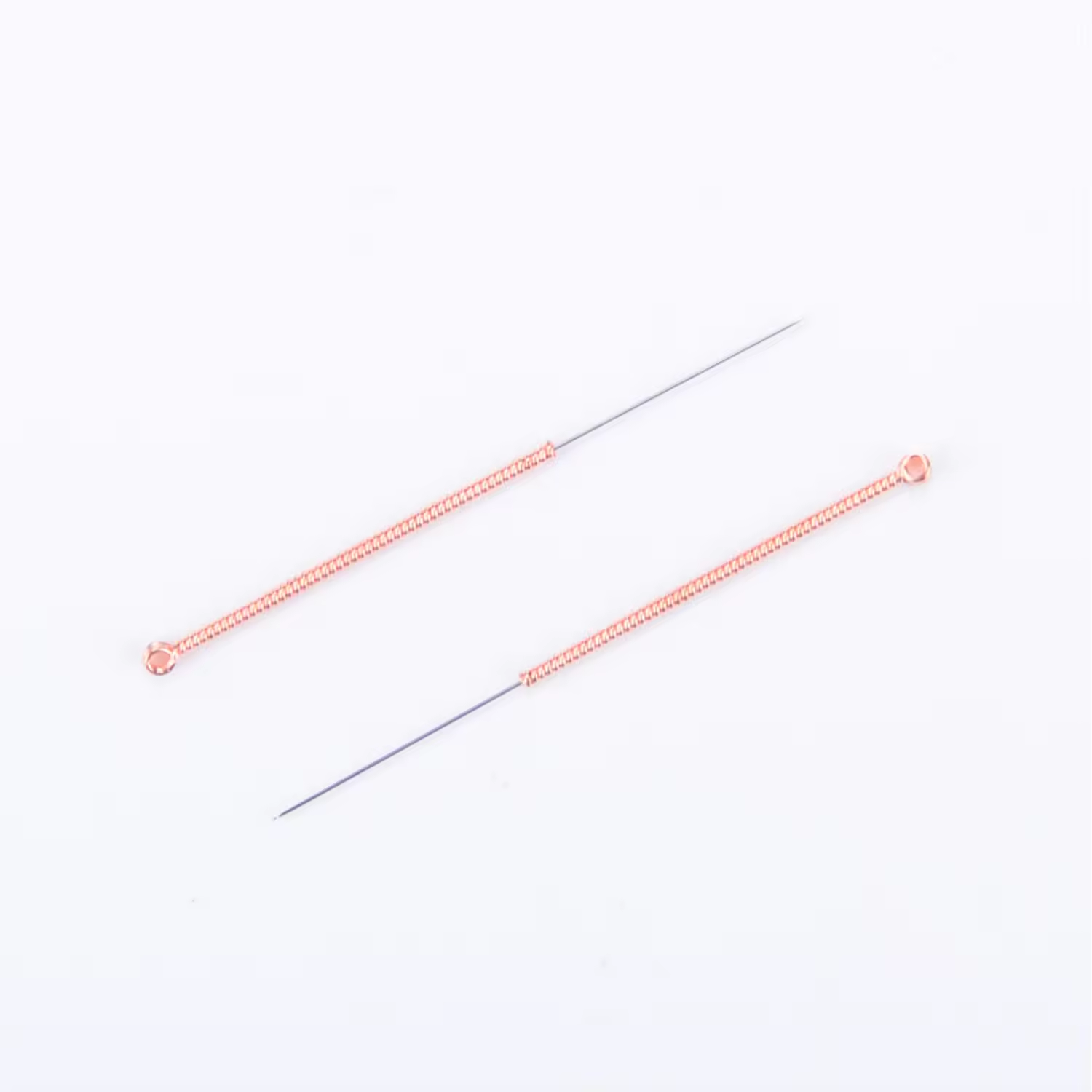



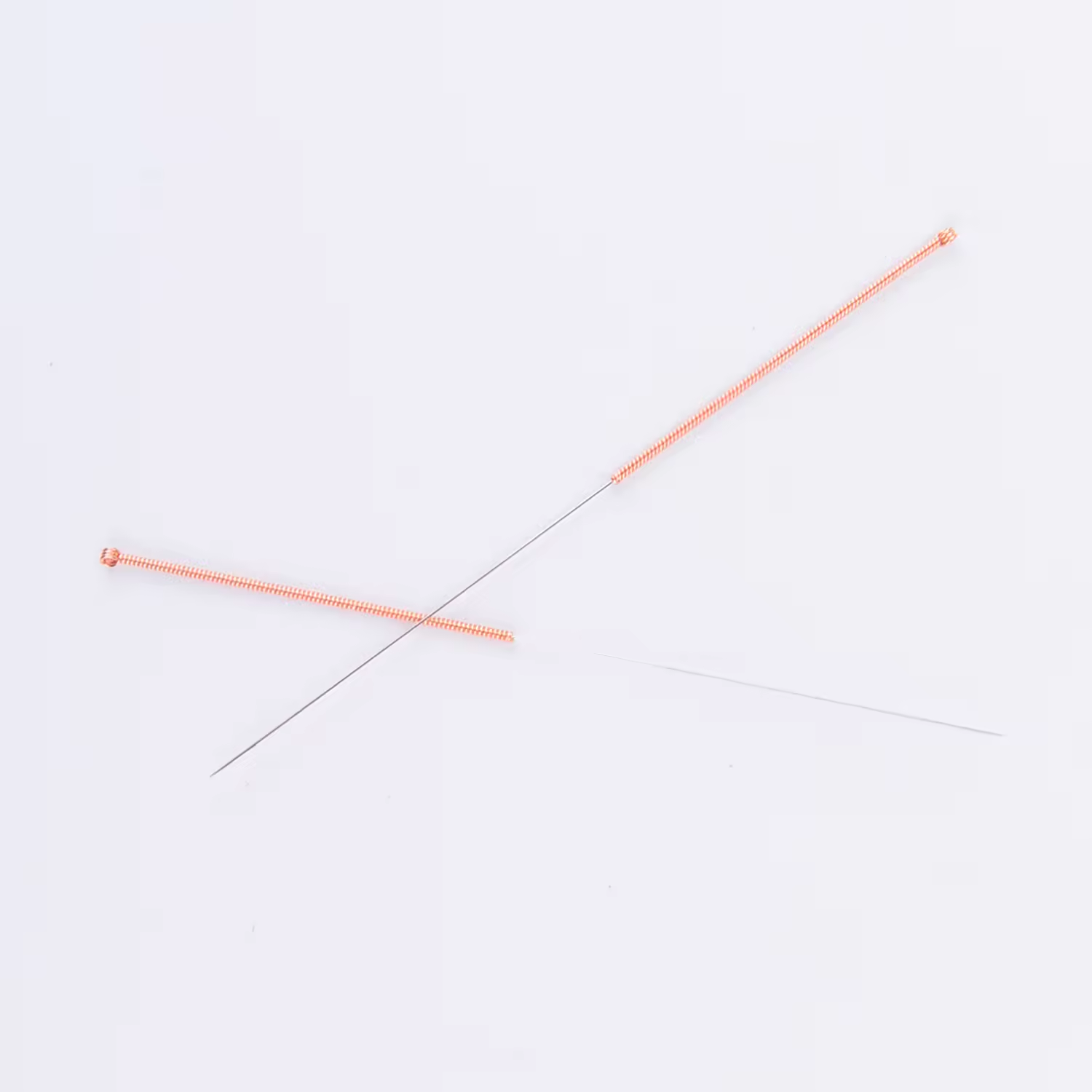






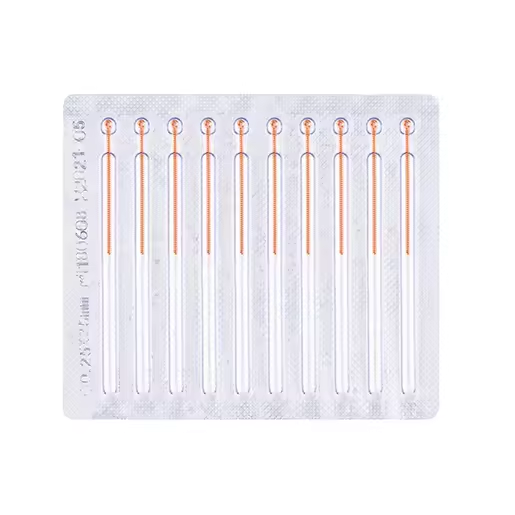
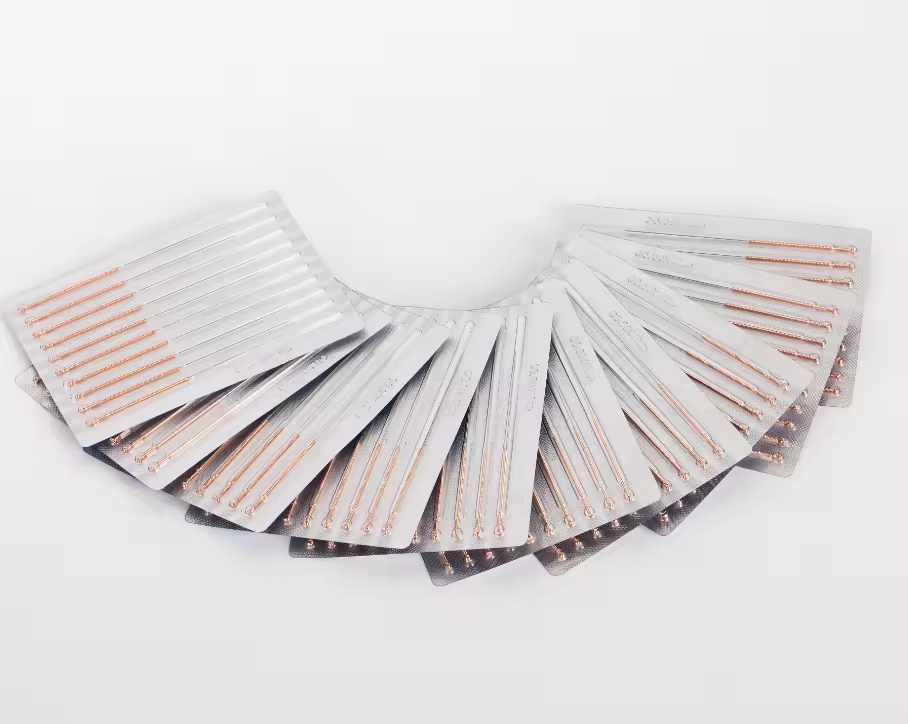







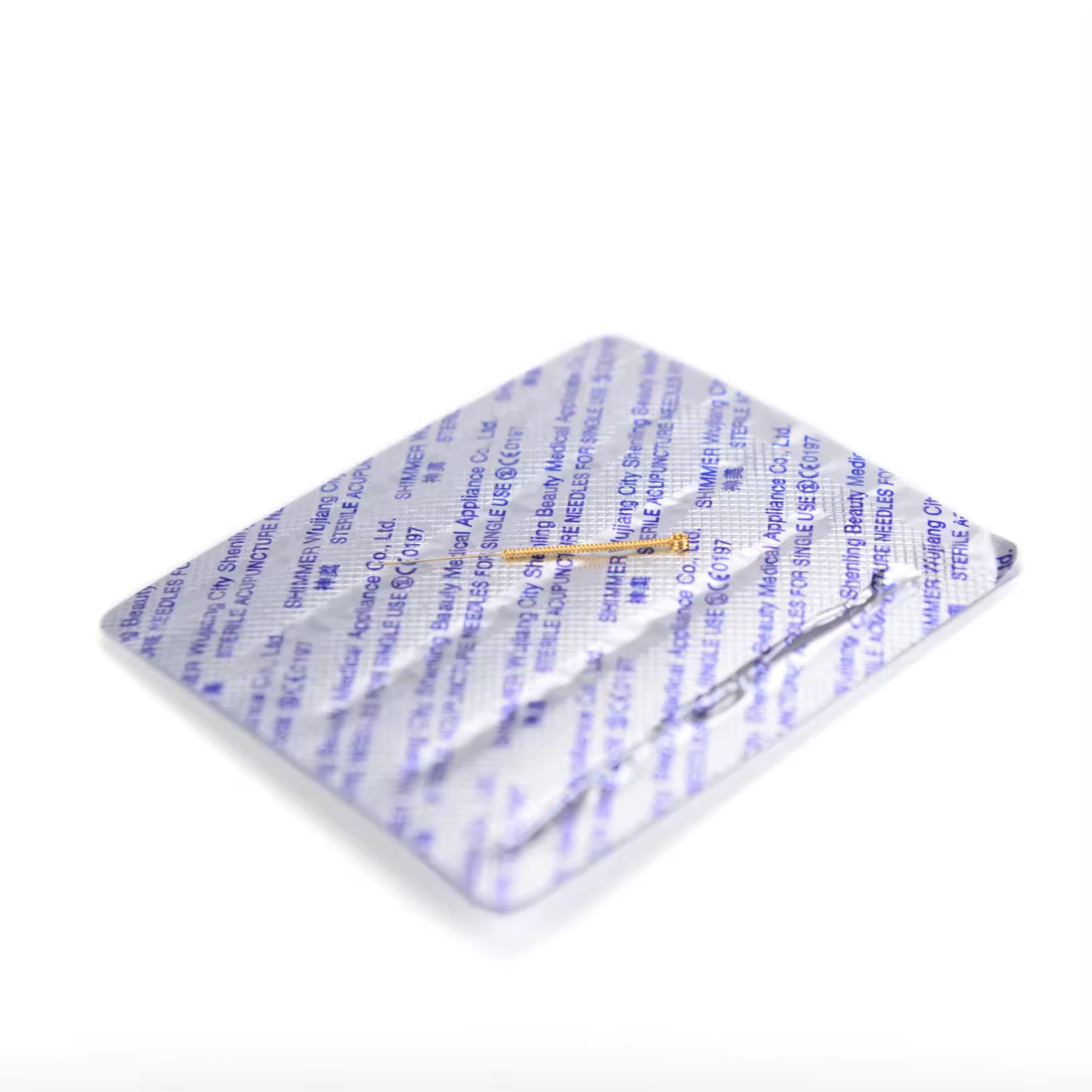





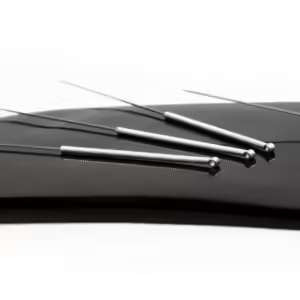

Recensioni
Ancora non ci sono recensioni.